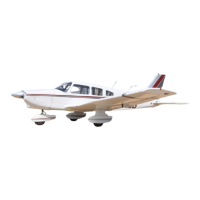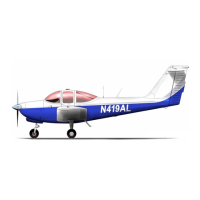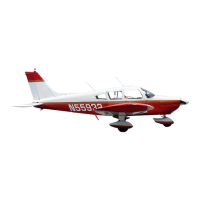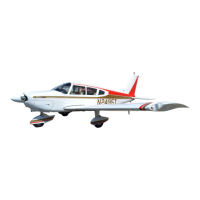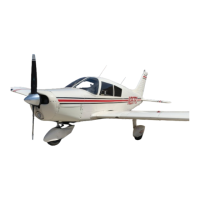THE NEW PIPER AIRCRAFT, INC.
PA-32-301FT / 301XTC
MAINTENANCE MANUAL
PAGE 1
Jun 1/03
4J21
73-20-00
CONTROLLING
Throttle and Mixture Controls Adjustment (Refer to Figure 1.)
Throttle and Mixture Controls are adjusted so that when the throttle arm on the fuel injector is rotated
forward against its full throttle stop and the mixture control is rotated forward against its full rich stop, the
cockpit control levers of the throttle and mixture should have 0.010 to 0.030 of an inch spring back on
instrument panel stop when in full throttle or full rich position.
A. The throttle may be adjusted as follows:
(1) At the fuel injector, disconnect the clevis end of the throttle control cable from the control arm.
Loosen the jam nut that secures the clevis end.
(2) Adjust the linkage by rotating the clevis end on the cable to obtain 0.010 to 0.030 of an inch
spring back on instrument panel stop when in full throttle position.
(3) On aircraft equipped with air conditioning systems, a micro switch is located below the throttle
control which is set to actuate in the full open position. With the throttle adjusted to obtain a
clearance of .010 to .030, adjust the micro switch to actuate at this point also.
(4) Reconnect the clevis end to the control arm and safety.
B. The mixture may be adjusted as follows:
(1) At the fuel injector, disconnect the clevis end of the mixture control cable from the control arm.
Loosen the jam nut that secures the clevis end.
(2) Adjust the linkage by rotating the clevis end on the cable to obtain 0.010 to 0.030 of an inch
spring back on the instrument panel stop when in full rich position.
(3) Reconnect the clevis end to the control arm and safety.
C. Check security of cable casing attachments.
D. Pull the throttle and mixture levers in the cockpit full aft to ascertain that the idle screw contacts its
stop and the mixture control arm contacts its lean position. A mixture control lock is incorporated in
the quadrant cover which prevents the mixture control from being moved to the idle cutoff position
inadvertently. The lock must be depressed before the control can be moved completely aft.
Ascertain that the lock operates freely without any tendency to bind or hang up.
Engine Controls Adjustment
Figure 1
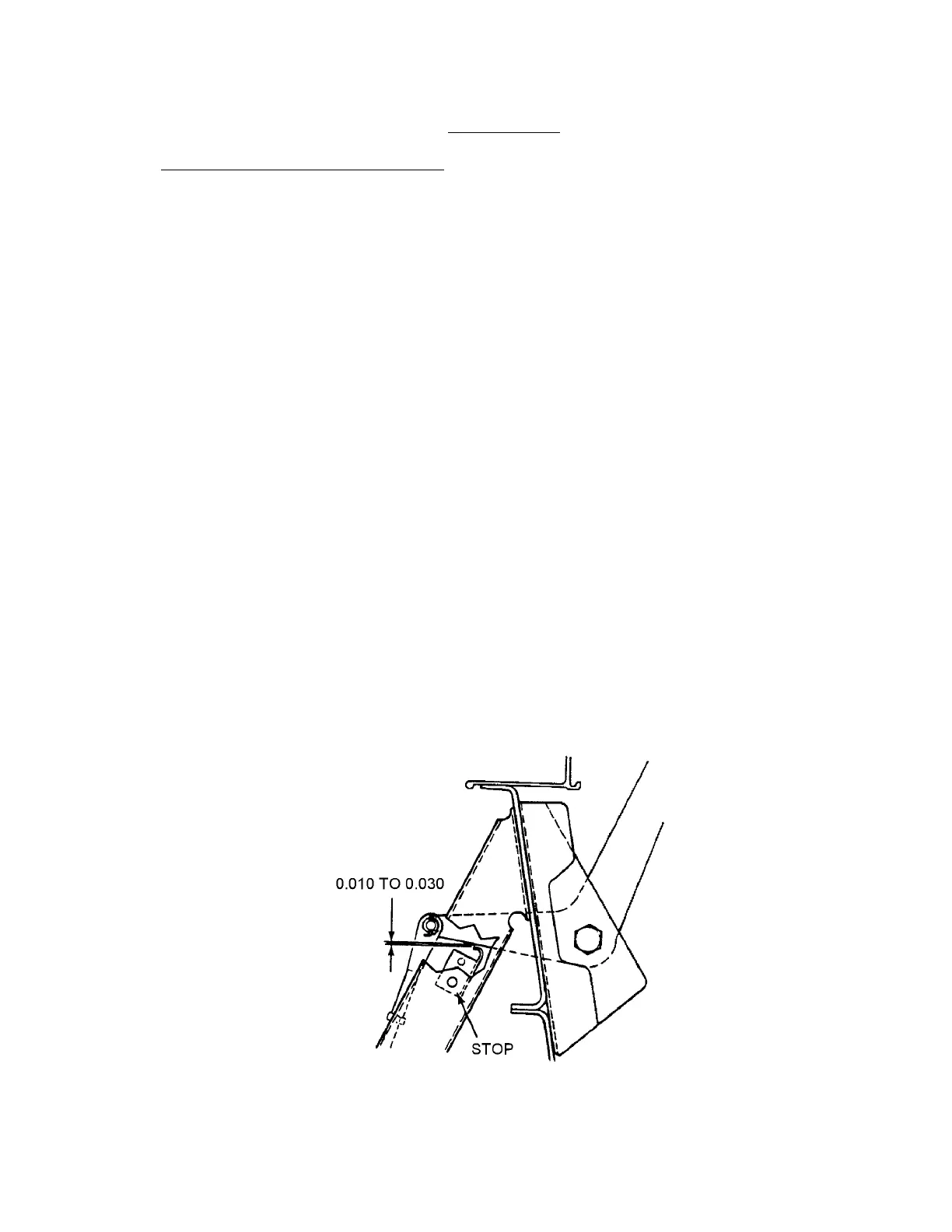